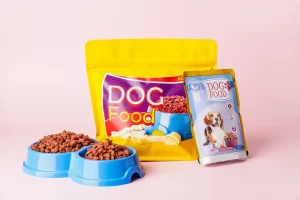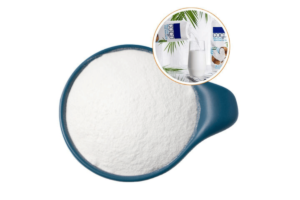Xanthan gum has an impressive shelf life and can last for an extended period under proper storage conditions. The longevity of xanthan gum is primarily due to its unique chemical structure and the absence of water or other perishable components. Here’s a detailed explanation of how long xanthan gum lasts and the factors that affect its shelf life:
Unopened Xanthan Gum: When stored in its original, unopened packaging, xanthan gum has an indefinite shelf life. Most manufacturers recommend using unopened xanthan gum within 2-5 years from the date of production, but this is a conservative estimate. Properly sealed and stored, unopened xanthan gum can retain its quality and potency for several years beyond the recommended use-by date.
Opened Xanthan Gum: Once the packaging is opened, the shelf life of xanthan gum depends on several factors, including storage conditions, exposure to moisture, and potential contamination. Under ideal conditions, opened xanthan gum can last for 2-3 years without significant degradation in quality.
Ideal Storage Conditions: To maximize the shelf life of xanthan gum, it’s essential to store it in a cool, dry, and dark environment. Heat, moisture, and light exposure can accelerate the breakdown of xanthan gum and promote the growth of microorganisms.
- Temperature: Xanthan gum should be stored at room temperature or slightly cooler. Excessive heat can cause clumping and deterioration.
- Moisture: Xanthan gum should be kept in an airtight container to prevent moisture absorption, which can lead to clumping and potential microbial growth.
- Light: Exposure to direct sunlight or UV radiation should be avoided, as it can degrade the quality of xanthan gum over time.
Signs of Spoilage: While xanthan gum does not technically spoil in the traditional sense, there are signs that indicate it may have lost its potency or become compromised:
- Clumping: If xanthan gum forms hard clumps or becomes lumpy, it may have absorbed moisture and lost its original texture.
- Discoloration: Significant color changes, such as yellowing or browning, can indicate oxidation or degradation of the xanthan gum.
- Off Odors: The development of unusual or unpleasant odors may signify the presence of contaminants or microbial growth.
It’s important to note that properly stored xanthan gum can maintain its functional properties for an extended period, even beyond the recommended use-by date. However, if you notice any signs of spoilage or degradation, it’s best to discard the xanthan gum and replace it with a fresh supply.
In summary, xanthan gum has an impressive shelf life due to its chemical structure and lack of perishable components. Unopened xanthan gum can last for years, while opened xanthan gum can last for 2-3 years under ideal storage conditions, such as cool, dry, and dark environments. Proper storage and monitoring for signs of spoilage are crucial to ensure the quality and efficacy of xanthan gum in various applications.





